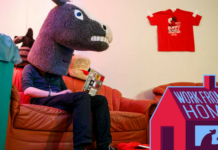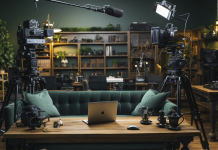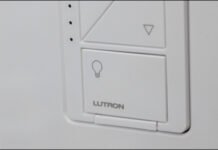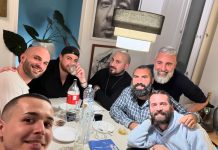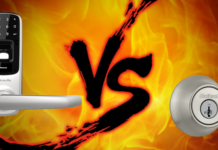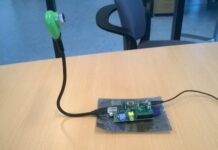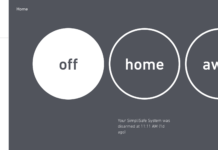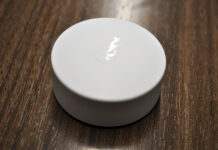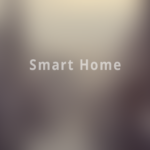Last month, I wrote about the large disparity of third-party apps and actions between Amazon Echo and Google Home devices, which prompted a great comment from Chris K, who said:
It seems like many of these skills are there just because it is easy to make them, not because they’re solving some real problem for consumers. Relatedly, how many of these skills can thrive long-term without the ad revenue that has subsidized the smartphone app explosion?
Chris’s insight is rather timely as earlier this week, Bloomberg ran a story noting that there are 80,000 skills for Alexa and not one of them is a “runaway hit.” Indeed, I haven’t personally seen a third-party app that makes my smart speakers a must have. I’m betting that most of you would agree, although I’d love to hear about any outliers.
This got me thinking: Why is it that there hasn’t been an app explosion like we’ve seen with smartphones?
There are several reasons as I see it, ranging from limitations of voice-only apps to all of us collectively trying to figure out what we need smart speakers to actually do for us; a question similar to “what do we want our smart homes to do?”
From an interaction standpoint, smart speakers are more one-dimensional than the other device that nearly all of us readily have available: our smartphones. Smart displays are a slightly different category, which I’ll get to shortly, but speakers? There’s essentially one input – microphones for voice – and one output, the speaker itself. So by definition, smart speakers are tailored to experiences solely based on audio commands and audio feedback.
That makes them excellent for activities such as quickly getting a specific bit of information, controlling your smarthome, listening to music or communicating by voice to people in your inner circle. So any third-party apps are likely in these main categories, with the latter three fairly established by now. Sure, you can expand the first category by turning that request-response action into a game, a shopping activity or a study aid, to name a few options. But you’re still quite limited, meaning anything you could develop on a smart speaker will likely pale in comparison to a smartphone app.
And that smartphone can morph into other device activities mainly because of its display. My phone, for example, can be a book, a television screen, a camera viewfinder, a digital tape measure, a financial management tool, an immersive video game, and many more things. The smartphone screen is what opens up these possibilities and they extend activities from request-response action to nearly unlimited options. Just open any smartphone app and you’ll likely see dozens of different data bits and menu choices, for example.
So what about smart displays then? They have more potential for third-party apps because they have a touch screen like the smartphone. Even so, sitting in front of one and poking around on a nearly vertical display isn’t the ideal use case. Given a choice between using the same app on a smart display and my phone, I’ll nearly always pick the phone, save for one exception: watching video content in a specific location.
In fact, if there’s a “must have” app or feature that got me to buy more than one smart display, it’s the ability to watch video content. Every morning over coffee, I sit with my wife before she heads off to work and we watch the local news; there’s a 10-inch smart display on our kitchen counter. Sometimes our dog Norm even enjoys the show.
So there’s likely more potential for third-party apps on smart displays, but even there, I don’t see the kind of app store growth we’ve witnessed for the past decade with phones.
Lastly, there’s a question we really haven’t figured out yet with these smart speakers and smart displays: What do we want or need these new form factors to do? I think the answer to that is evolving far more slowly than it did for the smartphone industry. After all, these are stationary devices and mainly all of their functionality – and then some – is currently available on our mobile devices.
Natively, my smart speakers do pretty much everything I want them to do today, whether it’s turning on lights, checking the temperature outside or playing some music around the house. I struggle to think of an activity that’s better suited for my speakers than for my phone save for these examples and a few others. The real benefit of smart speakers over smartphones is that the interaction method requires less attention: I can be doing or looking at something else yet speak a command out loud to have the speaker provide information or take some action.
That’s not enough to make a “killer app” for smart speakers or displays though. There needs to be some fundamentally different value add over other connected devices such as our phones before we’ll see an app explosion. Given the very conversational, almost transactional, interaction method that voice input requires, I’m not sure that’s going to change any time soon.
The post Why the market for smart speaker apps can’t possibly rival that of smartphones yet appeared first on Stacey on IoT | Internet of Things news and analysis.



